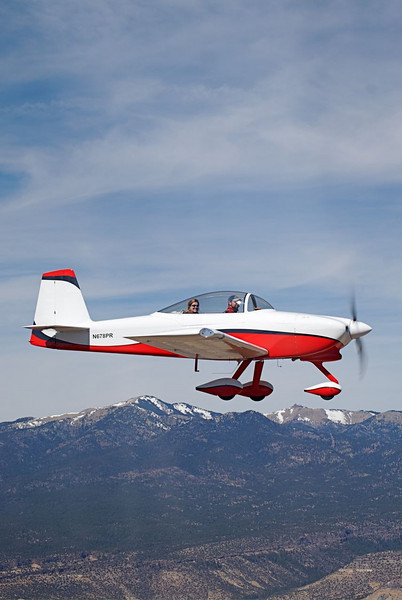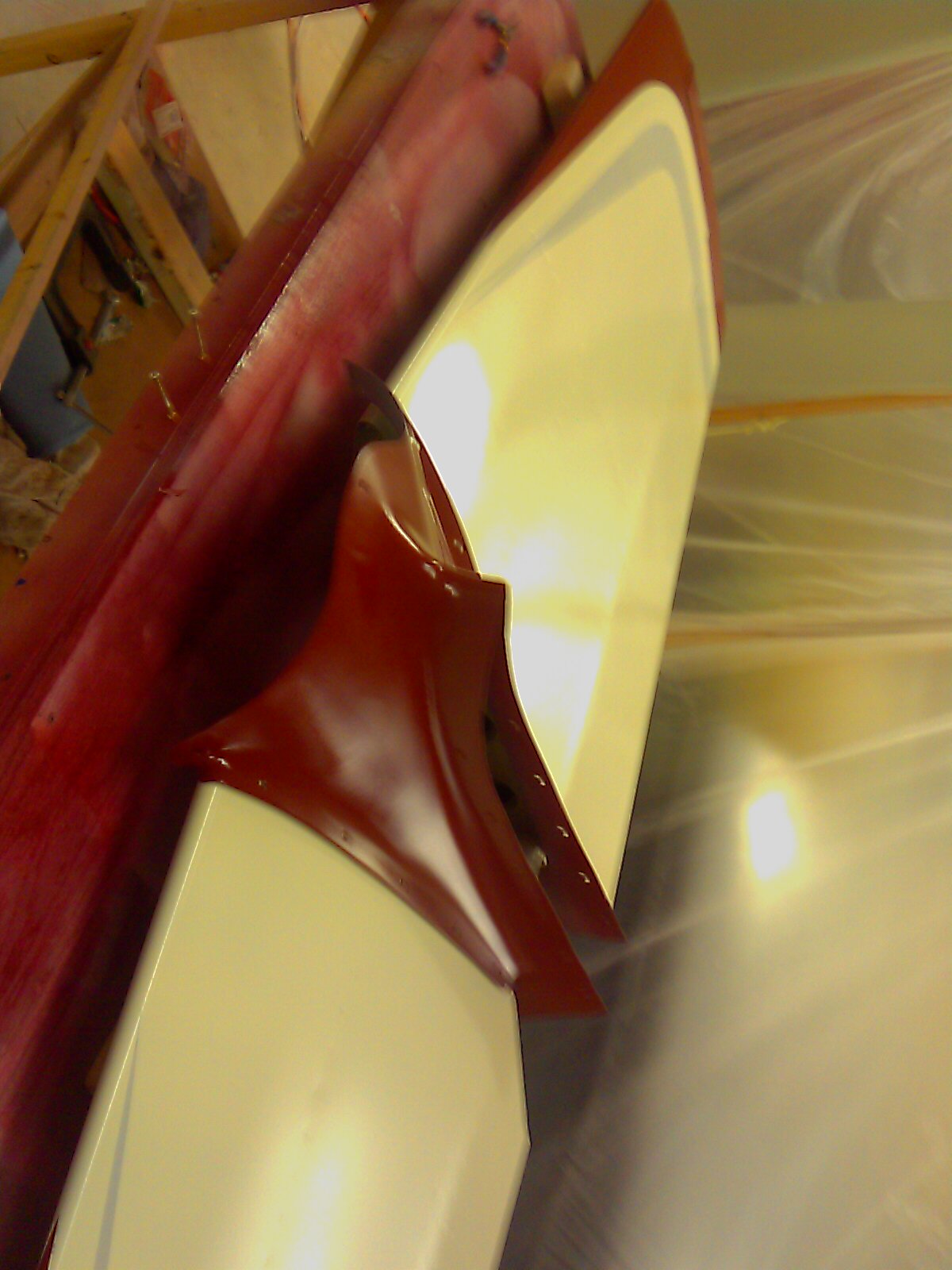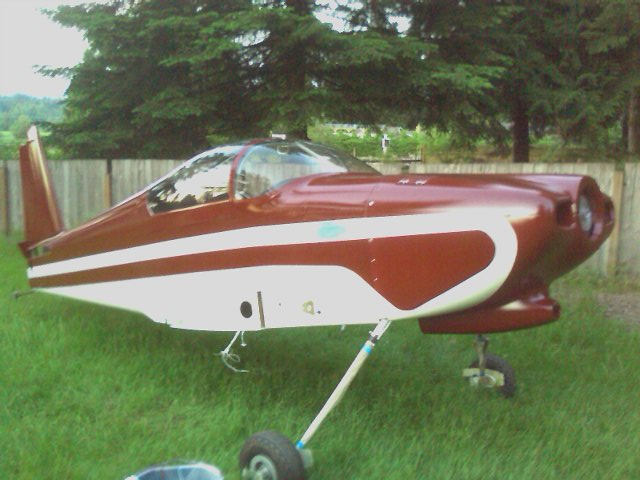DakotaHawk
Well Known Member
After doing a lot of research of various threads and websites, I've decided to paint my -7 before first flight. Without starting a flame war about the pros & cons of painting now vs. waiting until all the kinks are worked out, I do have a couple of questions.

(no, the spinner will not be red - I just did that so I could see the difference between the spinner and the cowl! , the wings will be identical, and the tail will also have similar swoops - I just didn't get that detailed with microsoft paint)
, the wings will be identical, and the tail will also have similar swoops - I just didn't get that detailed with microsoft paint)
I've decided to use Stewart Systems AFS paint system. These guys are fairly local, which means that I can order today, and UPS delivers tomorrow! I also really like the waterborne process - don't have to worry about all of the protective clothing and breathing devices.
My first question is regarding masking curves. My paint scheme is fairly simple, but it does have some curves in it. Are there any tricks to getting a good sweeping curve that is duplicatable on opposite sides of plane? Do you use a template, or eyeball the curve as you tape it off? I've thought about going to a sign shop and getting a vinyl overlay cut-out to use as a paint screen.
My second question is regarding colors bleeding under tape. I've read various methods of preventing or minimizing bleed-under, such as spraying a base color over the mask line prior to spraying the trim color. What works best for you?
Thanks in advance for suggestions and hints!

(no, the spinner will not be red - I just did that so I could see the difference between the spinner and the cowl!
I've decided to use Stewart Systems AFS paint system. These guys are fairly local, which means that I can order today, and UPS delivers tomorrow! I also really like the waterborne process - don't have to worry about all of the protective clothing and breathing devices.
My first question is regarding masking curves. My paint scheme is fairly simple, but it does have some curves in it. Are there any tricks to getting a good sweeping curve that is duplicatable on opposite sides of plane? Do you use a template, or eyeball the curve as you tape it off? I've thought about going to a sign shop and getting a vinyl overlay cut-out to use as a paint screen.
My second question is regarding colors bleeding under tape. I've read various methods of preventing or minimizing bleed-under, such as spraying a base color over the mask line prior to spraying the trim color. What works best for you?
Thanks in advance for suggestions and hints!








